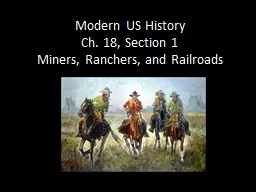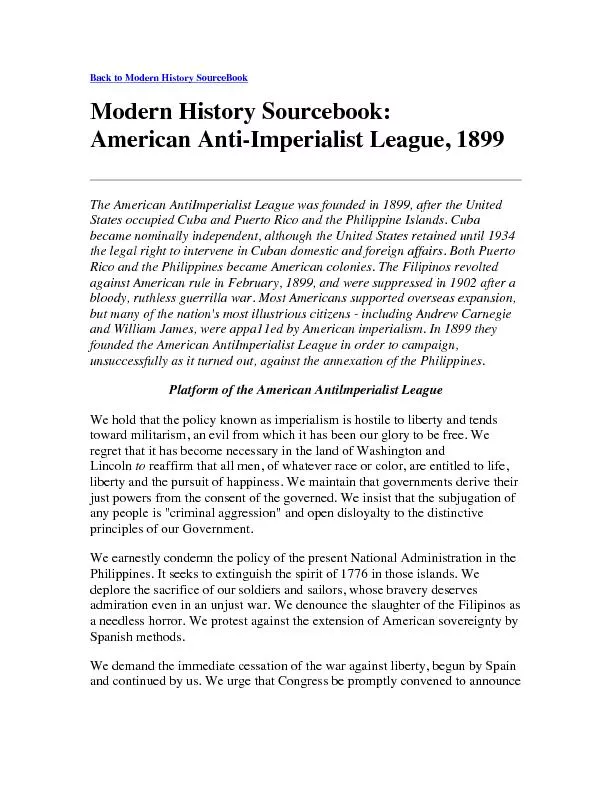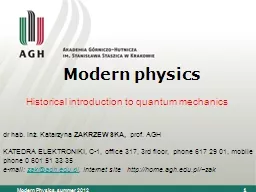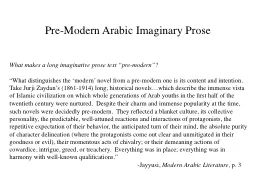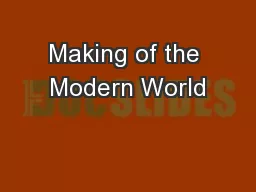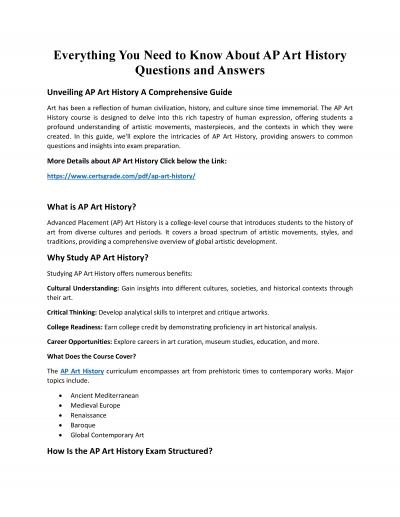PPT-Modern US History Ch. 18, Section 1
Author : lindy-dunigan | Published Date : 2019-12-19
Modern US History Ch 18 Section 1 Miners Ranchers and Railroads Growth in the West The Great Plains the area from the Missouri River to the Rocky Mountains Consist
Presentation Embed Code
Download Presentation
Download Presentation The PPT/PDF document "Modern US History Ch. 18, Section 1" is the property of its rightful owner. Permission is granted to download and print the materials on this website for personal, non-commercial use only, and to display it on your personal computer provided you do not modify the materials and that you retain all copyright notices contained in the materials. By downloading content from our website, you accept the terms of this agreement.
Modern US History Ch. 18, Section 1: Transcript
Download Rules Of Document
"Modern US History Ch. 18, Section 1"The content belongs to its owner. You may download and print it for personal use, without modification, and keep all copyright notices. By downloading, you agree to these terms.
Related Documents

